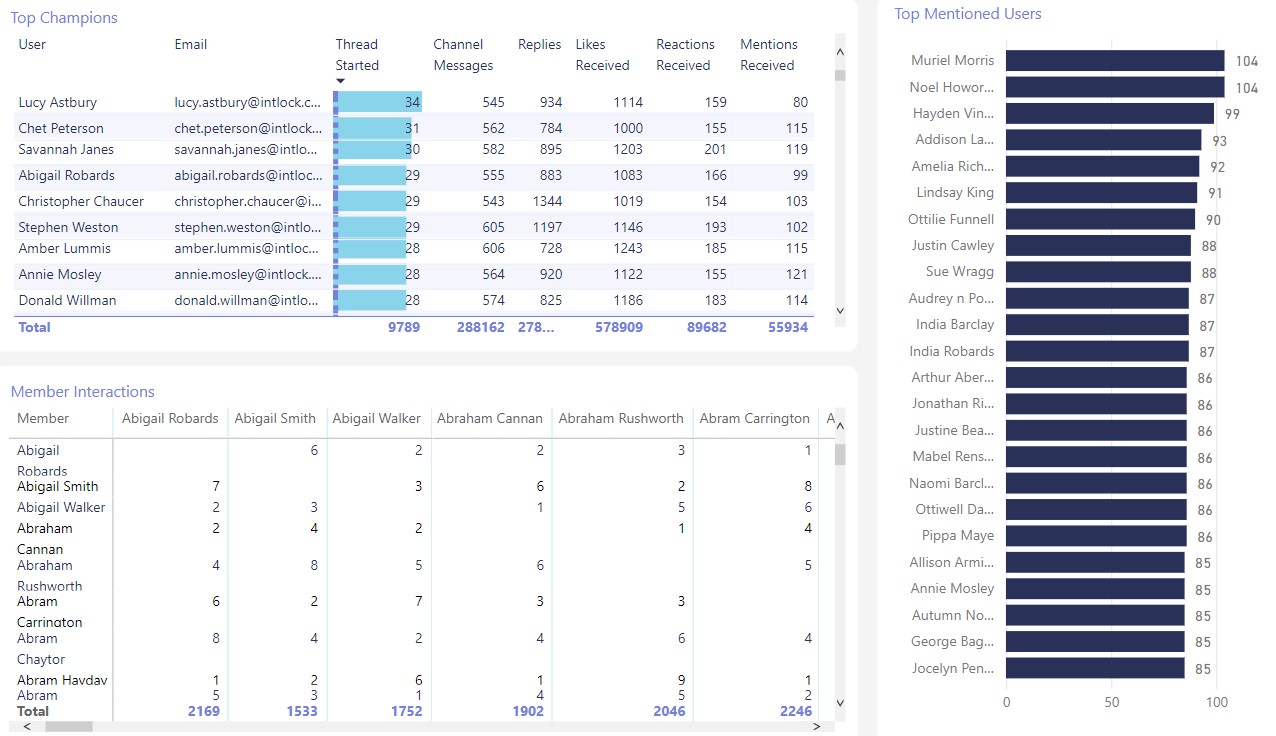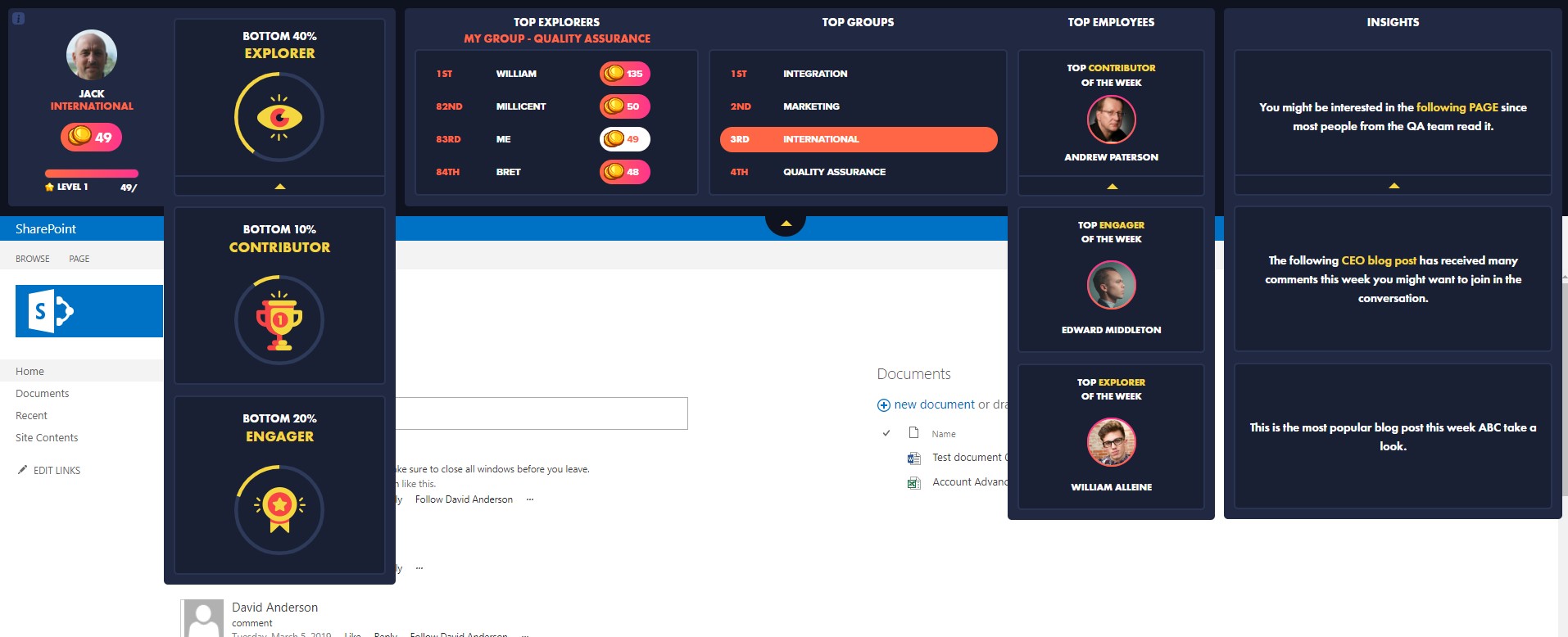These days a highly collaborative work environment is much more likely to increase productivity and improve an organization’s ROI because employee engagement is encouraged by doing so and that cultivates shared goals. However, to collaborate more effectively, organizations have had to undergo an evolution in how they communicate.
With climbing customer expectations and increasingly distributed teams, many organizations are still finding their new balance. When colleagues work across many different departments and countries, often also in different time zones, it can be extremely challenging to improve operational efficiencies and effectively collaborate.
It does not matter the employees’ role or title, everyone can benefit from better engagement and productivity. Real-time collaboration software is the tool that will enable your team to connect and accomplish more together.
The progression of collaboration in different workplaces
Many employees are working remotely since Corona has forced organizations to adapt to their employees’ way of working. Therefore gone are the days of just popping into a colleague or boss’ office to check in regarding a report or email And we all know it can take hours, days and even weeks for emails to be seen and responded to, if ever.
Now video calls help keep dispersed teams connected with face-to-face communication, but they aren’t always the best solution for getting approvals, downloading files, or quickly accessing company intel. People in the sales team who need fast access to documents, for example, need much more than email to work efficiently. To keep up with rising industry demands, teams need real-time support.

This chart shows interaction data between members on the Microsoft Teams business collaboration platform
Workplace collaboration looks different for all organizations and all teams. Depending on size, structure, and geographic distribution, teams have unique needs and face various challenges when it comes to collaborating. Luckily, there’s more technology than ever to help organizations to collaborate effectively, but going overboard with too many tools can also slow everyone down. So it is a fine line when deciding which and how many suit your organization best.
Real-time collaboration software will streamline your business tools into one unified spot, so you can get the most out of your tech stack in order to help increase productivity.

How can real-time collaboration software help productivity?
Real-time collaboration tools are designed to connect your software, workflows and people to drive better companywide results.
This can be achieved in the 5 following ways:
- Tying business software together –
Spend less time switching between tools and focus on the work that matters. Many solutions have a lot of apps in their directory, allowing you to build custom workflows with software teams are already using, so everyone can do their job more efficiently. - Speeding up work –
Real-time collaboration software reduces the need for time-intensive meetings, email communication and bottlenecked processes. Faster feedback and information-sharing means faster progress. - Enhancing quality of work –
Channel-based messaging allows teams to reach the right resources at the right time, reducing costly mistakes and avoiding miscommunication. Adding project- or department-specific or team-specific channels to keep information focused and quick to find, and pin updated documents for easy access. - Building relationships –
Solutions that seamlessly communicate with external partners, vendors and customers to not only get quick answers but also to build trust and rapport will be invaluable. Forgoing email in favour of channels gets everyone on the same page and helps create deeper, more long-term working relationships. - Reducing distractions –
With meetings cut down and email usage decreased your team will be able to focus with fewer interruptions. Automation and integrations also reduce context switching, which can slow progress.
Important factors to consider when choosing collaboration software for your organization
At the end of the day, you need a solution that fits your team’s unique needs and not the other way around. There are so many of these tools to choose from, so to make sense of them all, here is a breakdown of the best collaboration tools, based on the specific needs they satisfy for your team.
- How does your team communicate best? – Do you prefer to use your collaboration tools strictly for communication? Do you like to use email as well? Answering these questions will help guide you to the best collaboration tool for your team.
- What types of projects are you collaborating on? – The tools a real estate team would use to collaborate are very different from the tools that a team working in education, for example, would use to collaborate. Make sure you have a solid understanding of the types of projects your entire team will be working on.
- How many people will be collaborating at one time? – This will affect the way you communicate, share information, and update on progress.
- Will an all-purpose platform suit you best or do you require multiple tools?
- Is your organization a small business or an enterprise? This will determine what solution will suit you best. If you will grow, you need software that can easily scale with you.
- Is it important for your organization to keep sensitive information safe? In that case, choosing a provider with the best security foundations is crucial, because in this case, your organizations will have administrative access control, so you’ll choose who sees what information, ensuring data never ends up in the wrong hands.













 Follow @cardiolog
Follow @cardiolog 